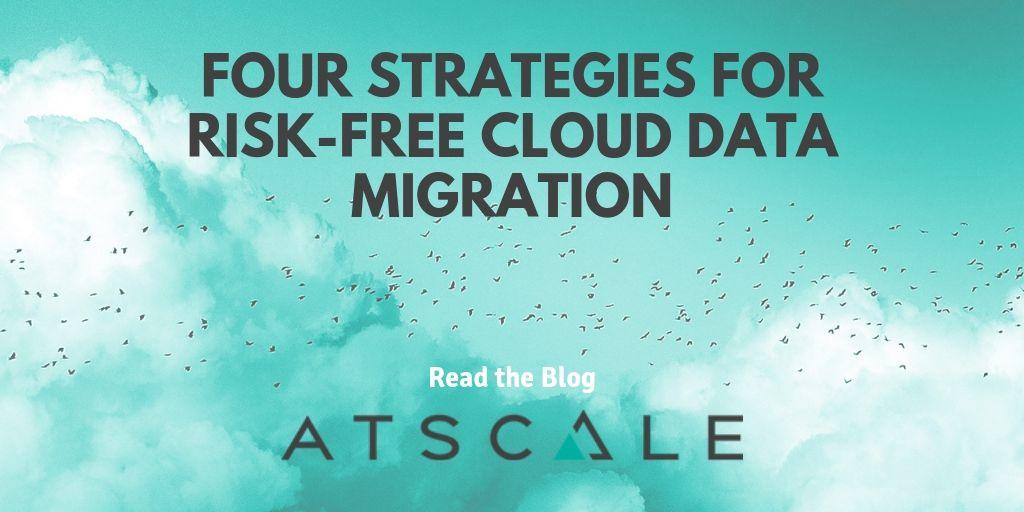June 19, 2019
Can the Cloud Rescue Retail?
Many organizations experience pain working out the early stages of the cloud migration process due to the complexity of data platforms, the lack of capable data orchestration tools, and the requirement to maintain proper security and governance for data—whether it be at rest or in flight. A study from Forrester Consulting found that 58% of respondents said the costs of their cloud infrastructure were higher than estimated due to the complexity of cloud migrations [Forrester Consulting].
Enterprises who successfully migrate to the cloud employ strategies that alleviate location, time and data format challenges to obtain visibility and agility today while freeing IT teams to migrate backend data on a schedule of their own choosing.
Here are the practical steps that every IT leader needs to consider to enable their cloud data migration on their own terms.
Strategy 1: Establish data platform independence
The majority of data infrastructure teams (62%) indicate the management of their data warehouse solution is either difficult or very difficult [Data Warehouse Trends Report 2018 from Panoply]. Instead of managing data platforms, manage how the company accesses the data, with an emphasis on abstracting the data’s source location.
Intelligent virtualization connects data stores and cloud platforms with live connections or SDKs to make data location agnostic. This allows companies to get the most out of their existing Enterprise Data Warehouse (EDW) and gradually migrate to cloud platforms which are cheaper, higher-performing, and easier for IT teams to manage.
Strategy 2 – Centralize access to data
Moving data to the cloud will provide only minimal benefits if the data remains untapped in multiple locations or in a multitude of proprietary formats. Provide users with a centralized location to locate, discover, and work with the data of the EDW. The platform interface should make all the enterprise’s data discoverable and facilitate building queries and connecting to Business Intelligence (BI) tools with intelligent and automated business logic and security support.
Strategy 3 – Transform data with business logic
Cloud data migration should seek to alleviate the differences in formats and structures surrounding operational data. To do so, enterprises must extend their business logic across data in on-premises and cloud platforms. Use metadata to guide how fields from different data sources and with different granularities should be combined, to prevent misinterpretation of joined data. Virtualizing data in this way will provide a single source of truth that can be shared with anyone in the organization The same strategy applies to BI tools. Create an environment that is agnostic to BI tools and data platforms, returning the same results no matter what tool and what database were used.
Strategy 4 – Ensure continuous and unified hybrid cloud security, governance and compliance management
Intelligent virtualization preserves the security policies of individual databases, orchestrates seamless merging of policies when users are working with multiple databases that may have different security policies, and applies global security policies across all data. By checking the source database for security policies, intelligent virtualization preserves security and privacy information all the way to the user by tracking the data’s lineage and the user’s identity.
Visibility, agility and security for your data as you migrate, on your own terms
Enterprises face many technical hurdles to clear in order to succeed at cloud data migration. Selecting the right migration strategy will support efforts to promote visibility and agility in data analysis, free the enterprise of potentially costly security and data governance risks, and enable cloud data migration on a schedule that works across the organization.
Download the industry guide here.
Download the full white paper here.

The Practical Guide to Using a Semantic Layer for Data & Analytics